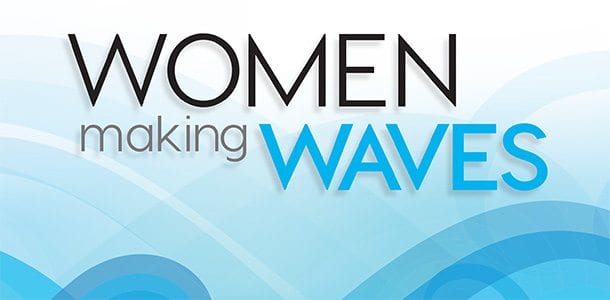Yamaha looks to the future
Yamaha Marine Group President Phil Dyskow spoke about his company’s past performance and its future strategies, during an address to the media at the Yamaha Marine press preview event held this May at the Beau Rivage Resort in Biloxi, Miss.
Here is the second part of a story on Dyskow’s remarks. The first can be found in the July issue of Boating Industry magazine.
BILOXI, Miss. – Yamaha Marine Group President Phil Dyskow said his company grew by 5 percent at wholesale – and 10 percent at retail – this past calendar year, while its competitors grew by 3 percent at wholesale and 5 percent at retail, according to numbers from the National Marine Manufacturers Association.
In addressing the question of his company’s current market share, Dyskow said about one of every three outboard motors sold is a Yamaha. That percentage climbs as the size of the engine increases, with Yamaha selling about one of every two engines that are over 150 HP.
Dyskow said Yamaha’s future strategy would focus on developing new products, improving customer service and continuing to make investments to sustain long-term growth. The company’s new products on display for 2006 included the Command Link Integrated Information System, a Local Area Network system that links all vital marine systems into a digital network.
But in the years to come, Yamaha will work to develop more powerful 4-strokes designed to power a new breed of larger outboard-powered boats. The company wants to make an engine big enough so that boats currently powered by three outboards will only need two.
Yamaha also believes there is a growing trend in the bass and flat boats segment toward 4-stroke power, and is going to be introducing a number of different 4-stroke motors to meet that demand.
Finally, the company will work to reduce some of the bulk and weight from its smaller 4-stroke engines, to make them more portable.
“You’ve heard a lot of hoopla from manufacturers about 2-strokes, but you haven’t heard it from the customer,” Dyskow said. “We just have to respond to their needs. We don’t care what they buy, we build them all, but the demand for 4-stroke is what’s driving the industry right now.”
- For more of the latest news, click here.




